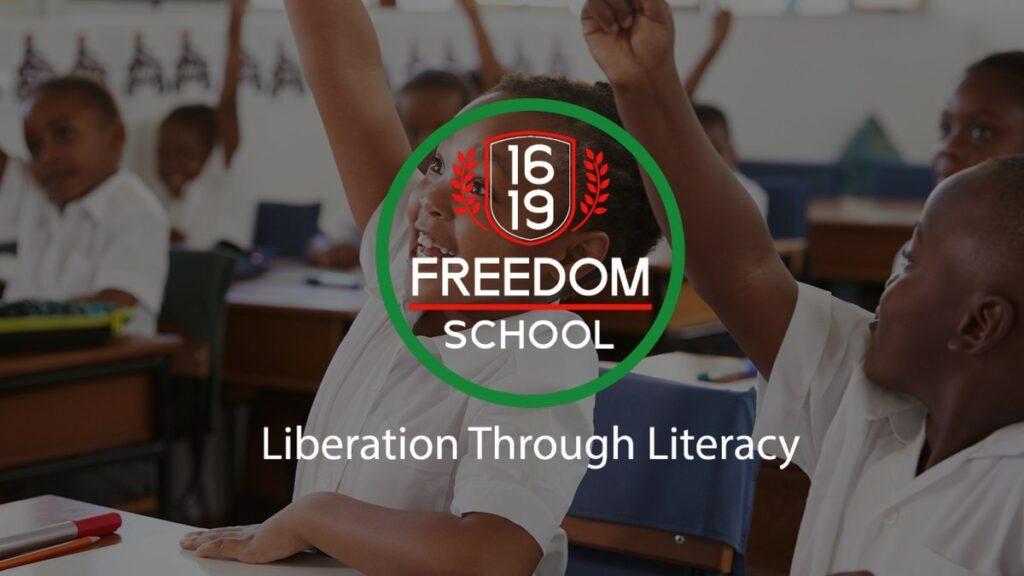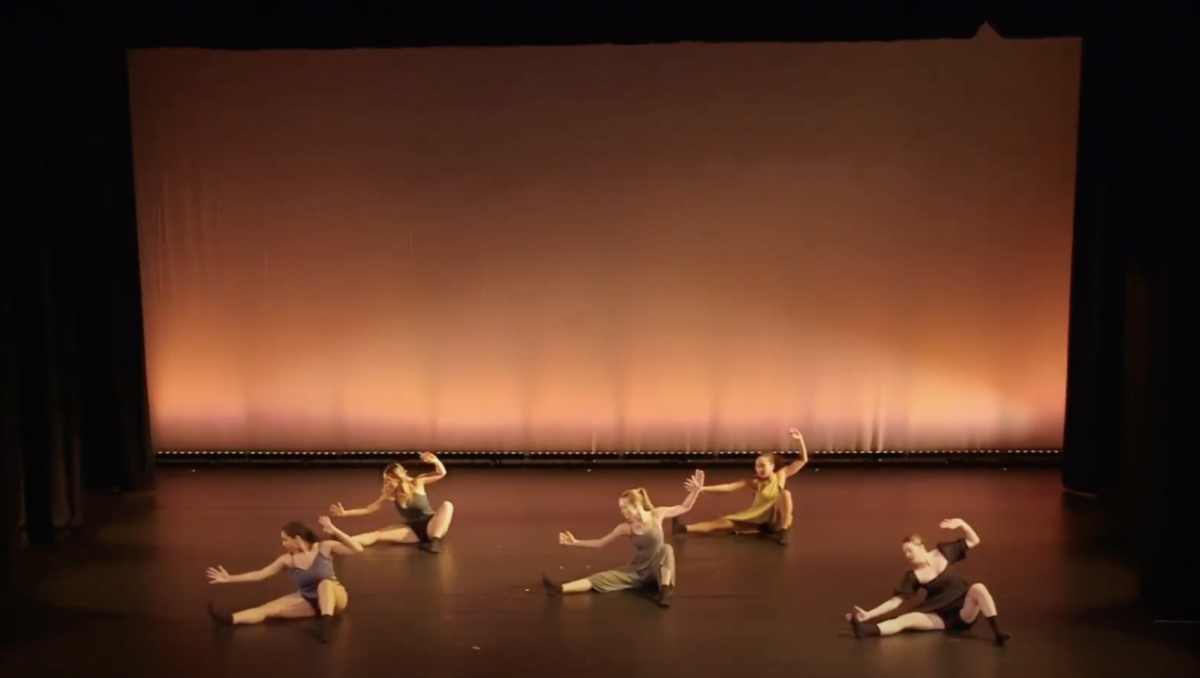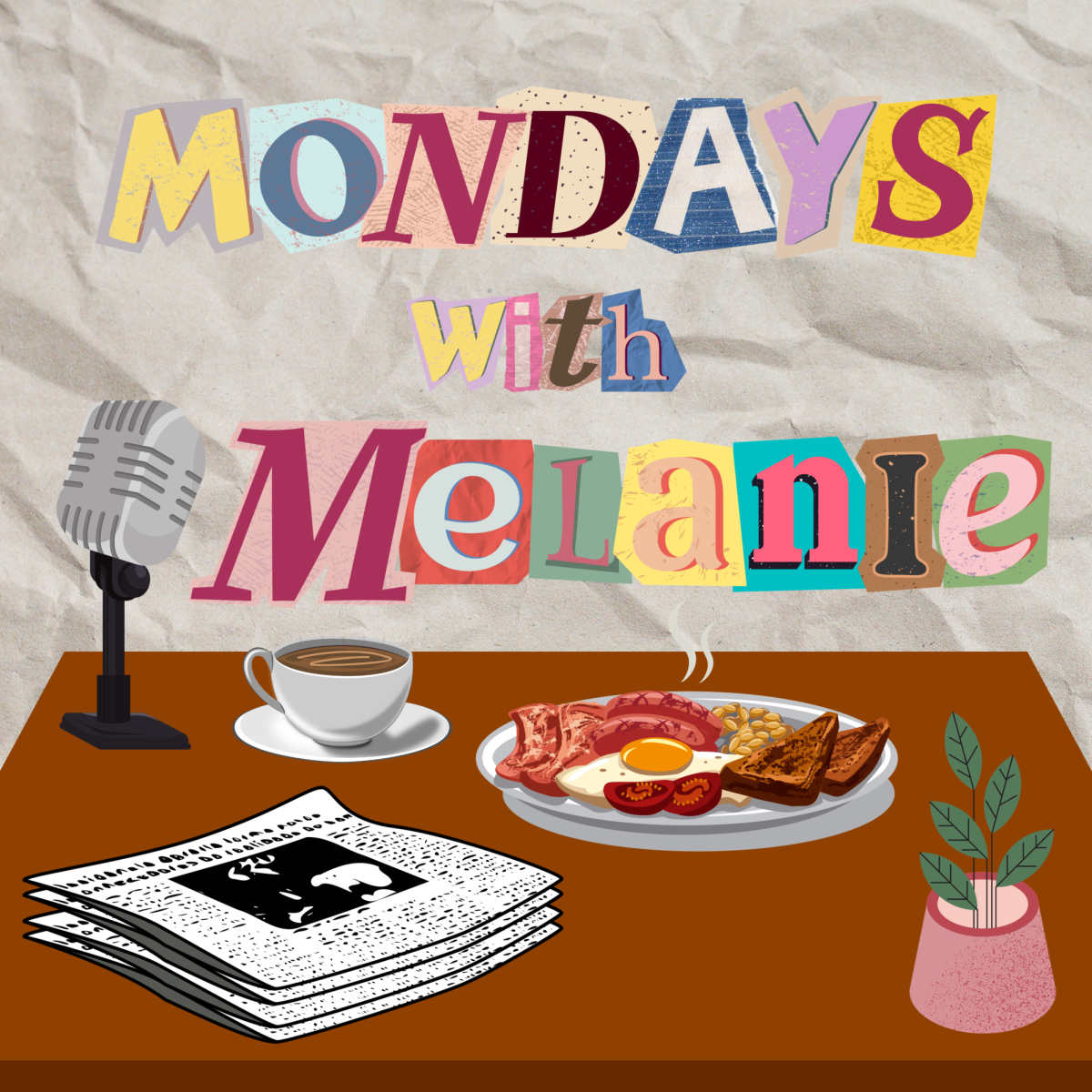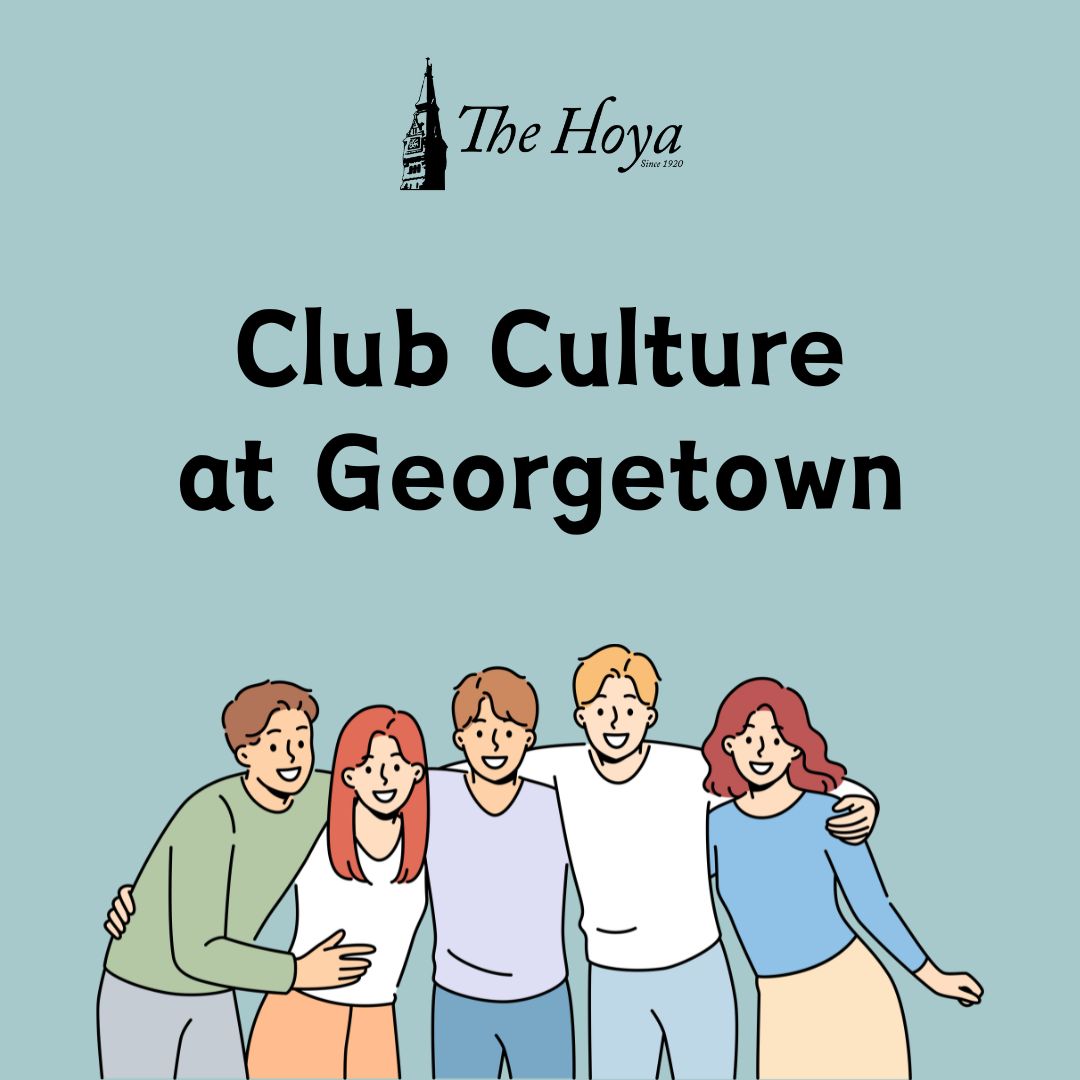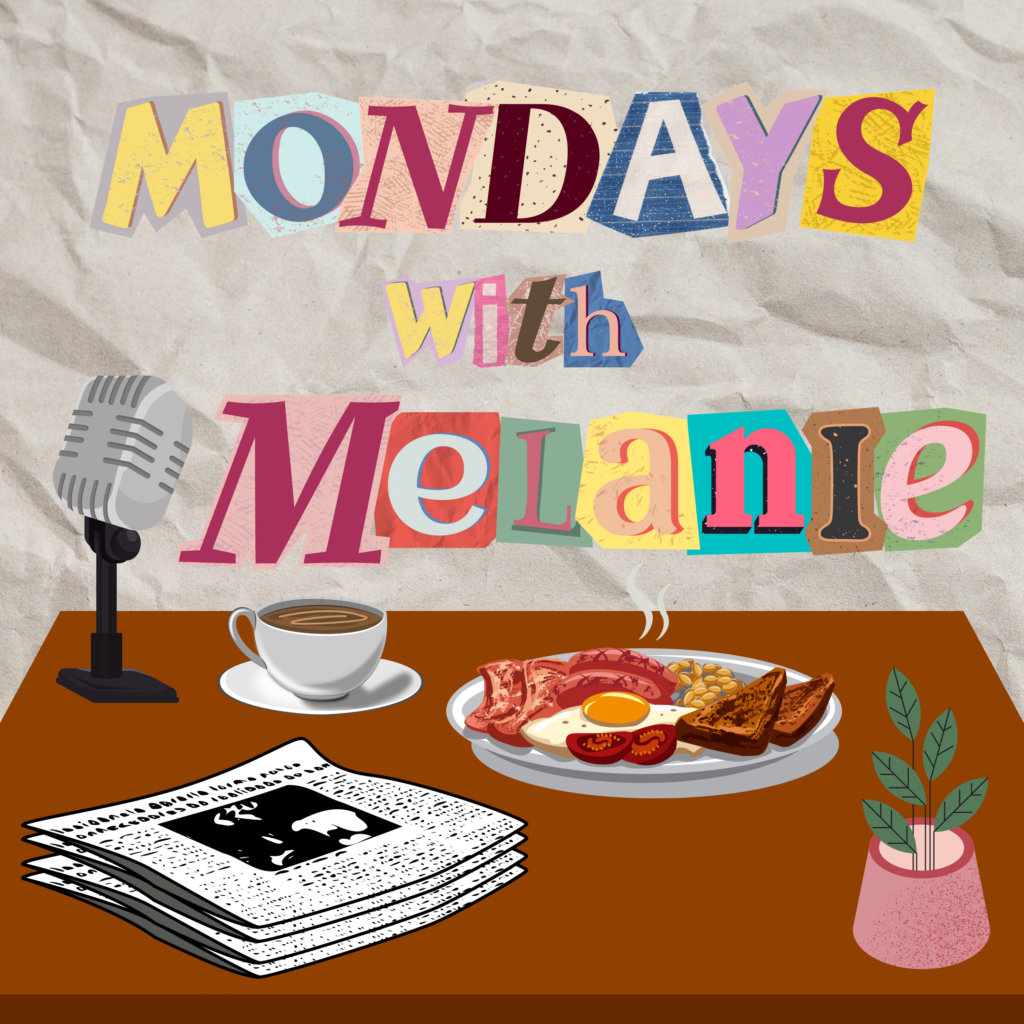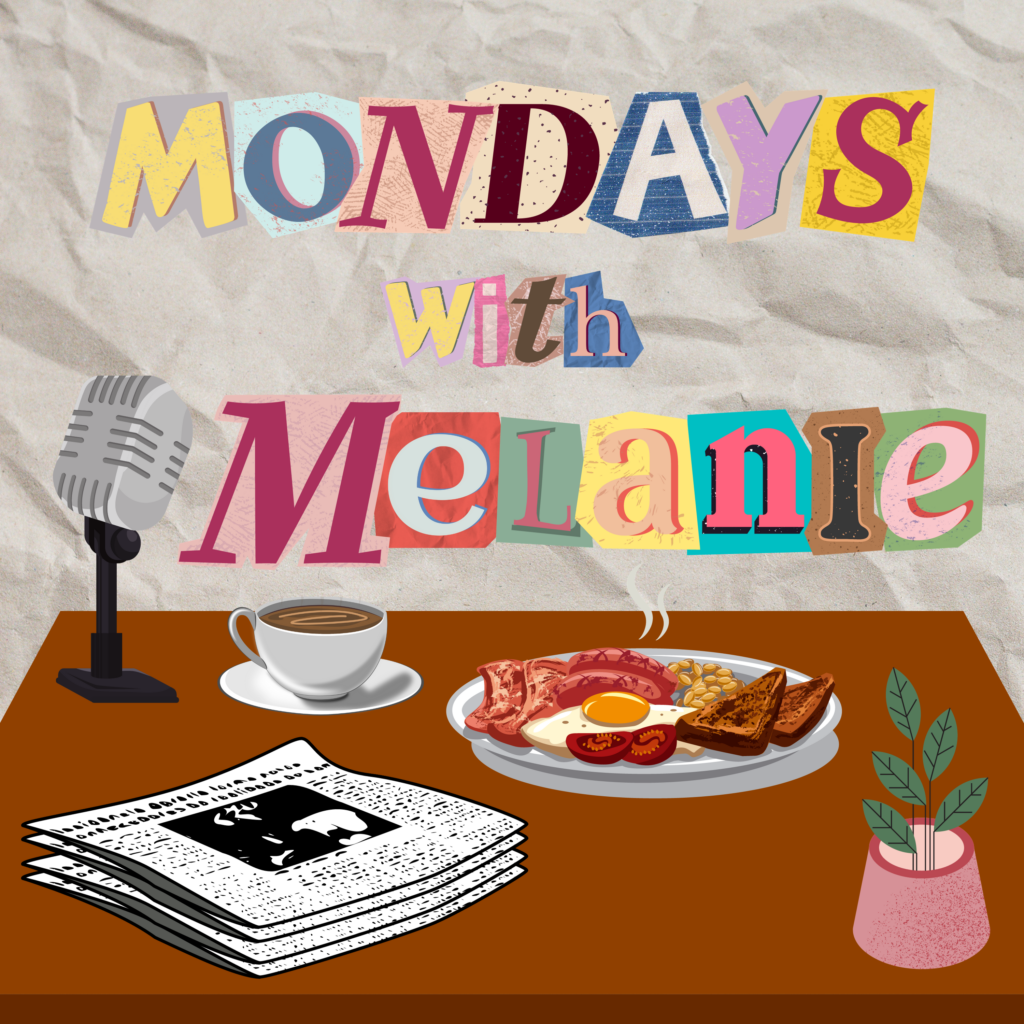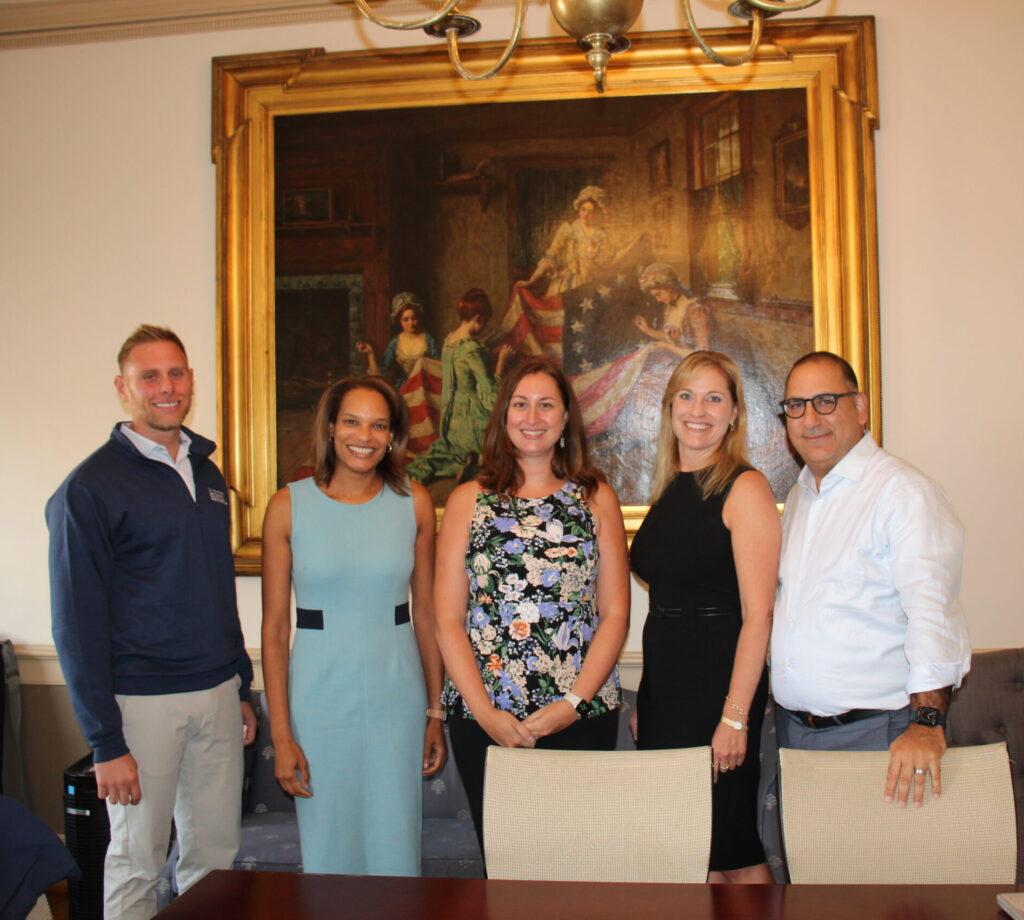When Sabrina Wesley-Nero (SFS ’95), professor of education, inquiry and justice at Georgetown University, teaches her undergraduate students, she emphasizes that rather than preparing them to become teachers, her courses are about the ways in which education should be used as a tool for justice and equity.
Beyond her work at the university, Wesley-Nero was recently asked to join a curriculum development team at the 1619 Freedom School, an after-school program that aims to teach students about the power of literacy among Black Americans throughout history.
Listen to Wesley-Nero discuss her work with the 1619 Freedom School, including specific lesson plans that students are set to receive for the first time this fall.
Podcast Transcript:
GB: This week, I’m excited to introduce Sabrina Wesley-Nero (SFS ’95), professor of education, inquiry and justice at Georgetown University and graduate of the School of Foreign Service in 1995.
SWN: And I graduated, I didn’t really anticipate coming back because I took a turn in my career trajectory toward the field of education. So I took the Spanish that I developed as a Latin American Studies major and studying abroad in the Dominican Republic and really went into the field of education.
GB: After working as a classroom teacher, Wesley-Nero went back to school to learn more about multicultural education and began working alongside teachers in the field of professional development and curriculum design. Today, in addition to being a professor, Wesley-Nero is the director of the Education, Inquiry and Justice program and heads the Teacher Preparation initiative in the Educational Transformation masters program.
SWN: For my students, I emphasize that the undergraduate program is not a program in teacher preparation. It’s really a program that offers multiple on-ramps that invites our undergraduate students to probe the ways that education has been used as a tool for justice and equity in the United States. And the ways that we have misused education in ways that we are not promoting justice and equity. And then really to help re-envision and re-imagine ways that we can reorient education toward equity. And that really means reorienting education so that every young person has the ability to thrive, to see themselves validated in schools and to be equipped with the tools they need to choose their own path when they graduate.
GB: Recently, Wesley-Nero has taken her work within the field of educational equity beyond just the bounds of the university. She joined a curriculum team with what is known as the 1619 Freedom School, but I’ll let Wesley-Nero explain.
SWN: So the 1619 Freedom School is actually an after-school literacy program that was started by the local community members and educators in Waterloo, Iowa. So this is a community initiative. One of their leaders is Nikole Hannah-Jones, she’s a journalist who really launched the 1619 Project in her journalism work, but she’s a native of Waterloo, Iowa. So she’s really working on behalf and in collaboration with the community members and educators there. And that’s the group that reached out to me.
GB: The team at the 1619 Freedom School wanted Wesley-Nero to join their initiative to support their curriculum development plans. Though Nikole Hannah-Jones, Pulitzer Prize-winning journalist for the New York Times and creator of the Times’ 1619 project, which, according to the project’s website, “aims to reframe the country’s history by placing the consequences of slavery and the contributions of black Americans at the center of our national narrative,” Jones’ involvement with the 1619 Freedom School is completely separate from her other work.
SWN: They were looking at generations of data where their Black and Brown students were not achieving academically and the traditional public school system and saying that, instead of lamenting this data, how can we disrupt this trajectory? And it was like, okay, we’re going to take a group of students and we’re going to ensure they develop the literacy skills they need to be successful in life. So they reached out to me, and I was really happy to join this community-led effort in developing the curriculum to really reflect the skills and the assets of the community, and then the aspirations of the community as well.
GB: If you’re wondering why start this project in Waterloo, Iowa, Jones and other members of the 1619 Freedom School were raised there.
SWN: So the 1619 Freedom School is a broader initiative. It’s a broader program and after-school program and what I was tasked with doing is writing the curriculum for the literacy instruction. So a colleague and I really designed every lesson that they’re going to teach in their literacy block. They’re also going to partner with other community organizations to have more enriching experiences for the students. But for the literacy, we really wanted to center liberation through literacy. And the idea is that students who are equipped to be literate citizens, and we mean that broadly — both specifically they can read the word, but they can also read the world, which is borrowing from the work of Paulo Freire in thinking about they have the technical academic skills to read and decode those types of texts that give them access to academic development throughout their schooling. But they also have the critical thinking skills to really read and understand our society, both our contemporary society and our society historically so they can make the kind of agentic moves that every student should be able to do.
GB: The lesson plans that came out of this curriculum development are especially designed for fourth and some fifth graders who might need extra support in meeting the targets in school that will help carry them on throughout their education. That being said, the curriculum itself and the themes within it can be adapted. While the literacy curriculum is set to reach students in Waterloo this fall, the 1619 Freedom School has future plans to make an entire open source curriculum available in 2022 so that communities around the country can look at the model lessons and adapt it to their own local communities for their own students. Wesley-Nero spoke more about these open themes.
SWN: So really what I was thinking about when I was developing the curriculum is how can we disrupt the negative narrative that the students are faced with every day about people who look like them? Right? So how can we use Black history, through literacy, to disrupt that narrative so that they understand that the experience of Black people in the United States is more than they were forced into slavery and that they were granted quote, unquote, freedom, that there is an agency, there’s a valuing of literacy, there’s a valuing of education that historically has been part of our communities. We had Black literary societies. We have enslaved people and freed Black Americans who were fighting for the right to be educated, who died trying to learn how to read, who would have risked their lives to have this, this academic freedom, this type of liberation, even if their bodies were enslaved. And then we have a historical legacy of fighting for equal access to schools, for integration, for equal quality of schools, for equal representation in the curriculum through the fight for ethnic studies, for Black history, for multicultural studies. So we have a rich history, cultural history, that literacy has always been important to our community, and education has always been important to community. And that’s not the narrative the students are often exposed to in schools.
GB: I asked Wesley-Nero to explain a specific lesson plan that students in Waterloo will engage with this fall. She spoke about one of two units in the curriculum that focuses on the history of Waterloo itself.
SWN: So one actually looks at a historical period in Waterloo history where they were a group of Black students who were fighting and protesting for Black history studies in their high school curriculum. And it’s a piece of local history that many of the people who live in Waterloo don’t even know existed. So these students in Waterloo, what I envision, or what I’m hoping is that they will look and they may recognize a neighbor’s name when they’re reading news articles about the students who were protesting. And they may recognize some things in their curriculum or their older siblings’ curriculum in high school, these students fought to have this included in our curriculum, and maybe they’re still there today. While they’re doing that, they’ll get explicit lessons about reading informational texts, or reading what newspaper articles, what kind of texts and newspaper articles offer them. They’re learning about their local history, they’re seeing representation, they’ll see school names that they recognize, they’ll see people who look like them and realize that what they were fighting for is an education that can be transformational and an education that we’re hoping they will receive. They were fighting to be represented in the curriculum and we’re creating a program where the curriculum also represents the students. So I’m really excited about that unit.
GB: This lesson plan is an example of how students are not only meant to relate with the lessons they’re engaging with, whether that be learning about students fighting for a curriculum that looks like their own after school lessons or broader lessons on Black history, Wesley-Nero emphasized the importance of reading and literacy skills that are intentionally put forth through this kind of curriculum. It’s as much about building confidence in students as they read authentic text as anything else.
SWN: They really have the curriculum that I wish my children would have had in school, that I wish I would have had in school. And that was really what I kept in mind. What were the community needs? And if these were my children, what did I want them to read? And who did I want them to see in the books? What kinds of projects do I want them to be able to do?
GB: I asked Wesley-Nero what the response to the 1619 Freedom School has been like. In part, I asked this because of the feedback, both positive and negative, that Nikole Hannah-Jones received following the publication of the 1619 Project. And to be clear, the 1619 Freedom School is completely separate. They don’t teach the 1619 Project in their lessons. Their curriculum is about literacy and reading and open access to community based learning. But our conversation took an interesting turn about what public perception assumes when it comes to curriculum that addresses the representation of marginalized communities in history.
SWN: What we have not seen is backlash that is related to the 1619 Project against the 1619 Freedom School because we don’t teach the 1619 Project. What we have seen is some need to be clear that what we’re not doing is critical race theory, because no one teaches critical race theory to fourth graders. We’ve had to address or be proactive in our communications that this is a private, after school program that is not supported by public funds so we are not subject to some of the anti-critical race theory legislation that is happening across the United States. There is one in Iowa. And many of these anti-critical race theory legislations lump anything that has to do with race, identity, under critical race theory. So we’ve had to be very intentional about one, the curriculum will be open sourced, people will be able to see it, and that what it’s not as much as what it’s is, we have to communicate that. So I think that is part of our responsibility to understand and communicate well to a diverse audience what we’re doing. And what we’re doing is teaching children to read and helping them understand U.S. history in ways that they might not have access to in K to 12 schools.
GB: When it comes down to it, the 1619 Freedom School is about allowing students to look back at history in a perhaps new light in order to then think about their own lives and futures. The idea isn’t necessarily a deviation from the norm in K-12 education. Rather, the 1619 Freedom School is an open access platform for educators to directly use or even adapt in their own classrooms.
SWN: So, how can we build a curriculum that says these people look like you and throughout the United States’ history they have been fighting for literacy and you’re going to use the stories of the people to develop your own literacy skills so you can decide what you want to fight for. And there’s a narrative in the United States’ history where we’re downplaying the agency particularly Black and Brown people have had in the creation of the country and the expanding of the country and the strength of the country. So we’re not just talking about slavery and anti-slavery movements or liberation movements. We’re talking about the history of the United States and highlighting the role that African Americans have had in that history. So it really is saying, look at your ancestors in this country and how we’ve worked together to build this country. And now you have the tools to build the country as we continue to develop into the country we were intended to be.
GB: This podcast was recorded, edited and produced by Grace Buono. Special thanks to Sabrina Wesley-Nero for taking the time to speak about this work. And that’s all for today, tune in for more next week.


